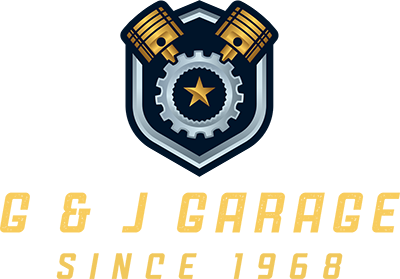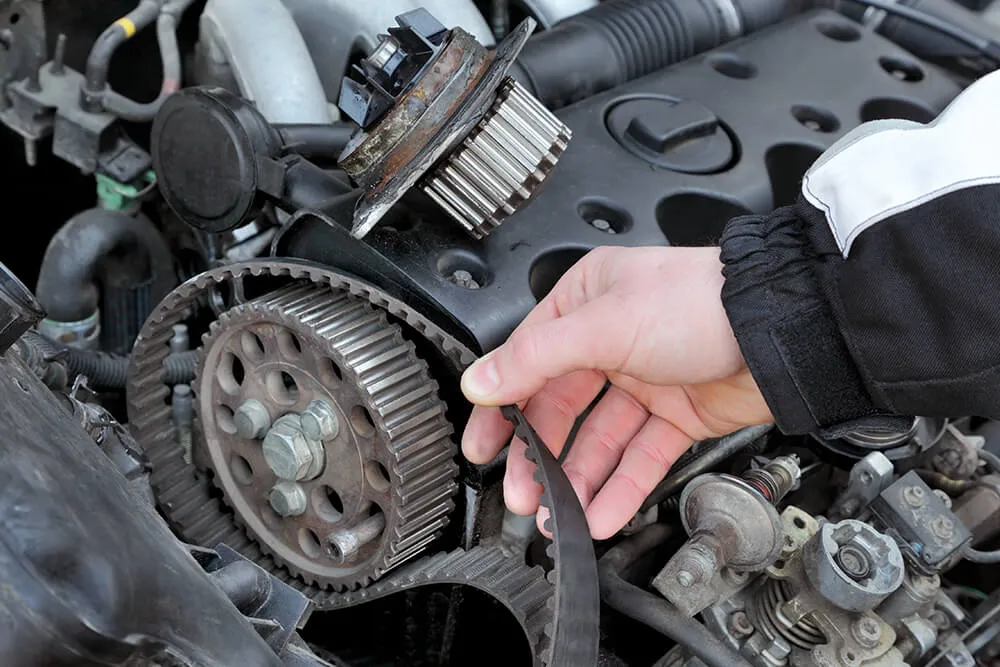Your vehicle’s engine is a complex machine with many moving parts, including the timing belt or timing chain. These components play a crucial role in synchronizing the rotation of the engine’s crankshaft and camshaft, ensuring proper engine operation. In this guide, we’ll delve into the importance of engine repair, focusing on timing belt and timing chain maintenance.
Understanding Timing Belts and Timing Chains:
Timing belts and timing chains are responsible for synchronizing the opening and closing of the engine’s valves with the movement of the pistons. Timing belts are made of rubber and typically require replacement every 60,000 to 100,000 miles, depending on the vehicle manufacturer’s recommendations. In contrast, timing chains are made of metal and are generally more durable but still require periodic inspection and maintenance.
Signs of Timing Belt or Timing Chain Issues:
- Engine misfires or hesitation: A worn or damaged timing belt or timing chain can cause the engine to misfire or hesitate during acceleration.
- Engine noise: A rattling or ticking noise coming from the engine may indicate a loose or worn timing belt or timing chain.
- Difficulty starting the engine: A stretched or damaged timing belt or timing chain can make it difficult to start the engine, especially in cold weather.
- Engine overheating: A malfunctioning timing belt or timing chain can cause the engine to overheat due to improper valve timing.
Importance of Timing Belt and Timing Chain Maintenance:
Regular inspection and maintenance of the timing belt or timing chain are essential for preventing engine damage and costly repairs. If the timing belt or timing chain fails, it can cause serious damage to the engine, including bent valves, damaged pistons, and even complete engine failure. Therefore, it’s crucial to follow the manufacturer’s recommended maintenance schedule and replace the timing belt or timing chain as needed.
Timing Belt Replacement:
Timing belt replacement involves removing the old timing belt and installing a new one according to the manufacturer’s specifications. During this process, other components such as the water pump, tensioner, and pulleys may also be replaced to ensure optimal performance and longevity.
Timing Chain Inspection and Maintenance:
While timing chains are more durable than timing belts, they still require regular inspection and maintenance to prevent issues. This may include checking for signs of wear or damage, inspecting the tensioner and guides, and ensuring proper lubrication.
Engine repair, particularly timing belt and timing chain maintenance, is crucial for ensuring the longevity and reliability of your vehicle. By staying proactive with maintenance and addressing any issues promptly, you can prevent costly repairs and keep your engine running smoothly for years to come. If you’re experiencing any signs of timing belt or timing chain issues, don’t hesitate to schedule an inspection with our experienced technicians. We’re here to help keep your engine in top condition and get you back on the road with confidence.

